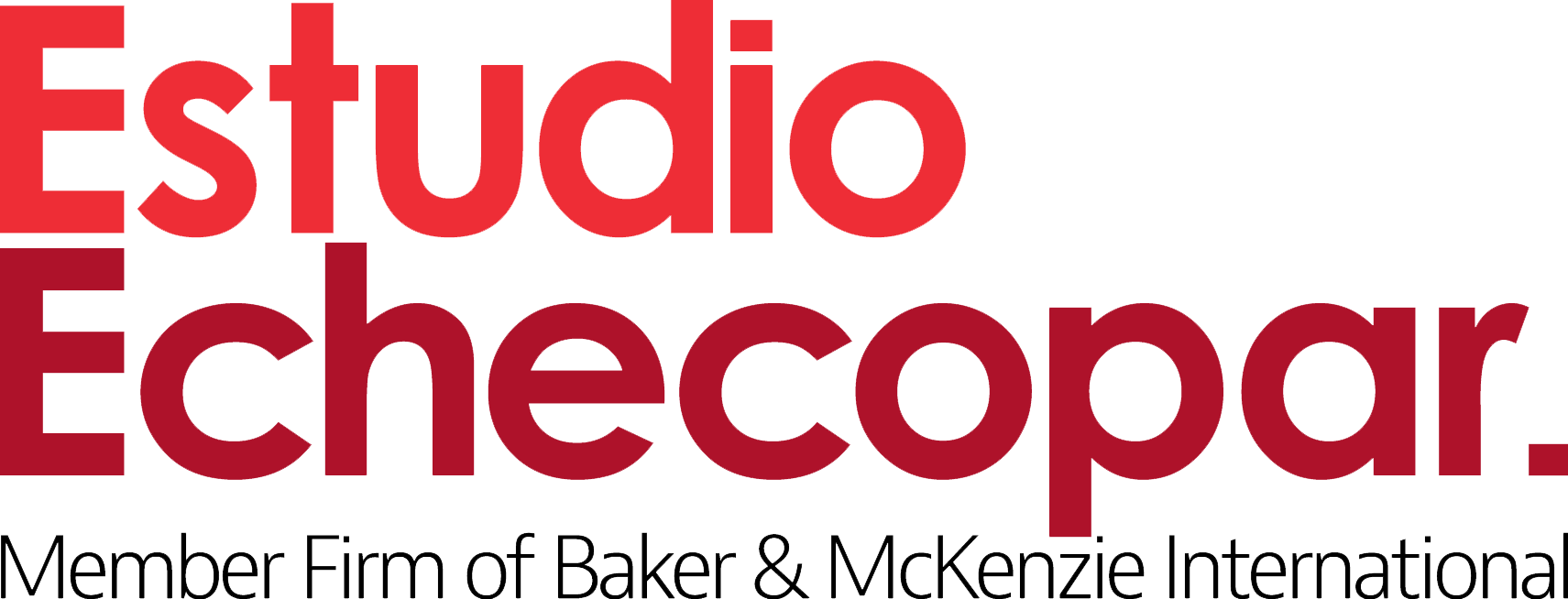In brief
On 28 May 2023, Legislative Decree No. 1570, which approves the Law of Integral Management of Chemical Substances (DL), was published, with the aim of protecting human health and the environment from the hazards and risks associated with the use of hazardous chemical substances. The law will become effective as of the day following the publication of its regulations (“Regulations“), which must be approved by MINAM within a period of no more than one year.
In depth
The aforementioned regulation is made within the framework of Legislative Resolutions N° 26178, N° 28417 and N° 30352, which approve the “Montreal Protocol on Substances that Deplete the Ozone Layer,” the “Rotterdam Convention for the Application of the Prior Informed Consent Procedure for Certain Hazardous Chemicals and Pesticides in International Trade,” and the “Minamata Convention on Mercury,” as well as Supreme Decree No. 067-2005-RE, which ratifies the “Stockholm Convention on Persistent Organic Pollutants” through which the state has adopted international commitments related to the management of chemical substances in order to prevent their adverse effects on the environment and on human health.
This law seeks to establish obligations, attributions and responsibilities of public entities and users of chemical substances for their integral management. It is important to point out that this regulation does not replace the regimes of Chemical Inputs and Controlled Goods or the control of chemical substances susceptible of being used for the manufacture of chemical weapons in force, which will coexist, since, as we will see below, they provide for different obligations.
Who are the regulated entities?
The provisions contained in the DL are mandatory for those persons (natural or legal, public or private, within the national territory) that carry out the integrated management of chemical substances or are users of such substances.
“User of chemical substances” is understood as a natural or legal person who carries out activities with chemical substances such as manufacturing, importing, distribution, commercialization, packaging, storage and/or final use.
What is meant by chemical substances?
“Pure chemical substance” is defined by the regulation under comment as the chemical element and its compounds in their natural state, or those obtained by any production process, including the additives necessary to preserve their stability and the impurities that are part of the process, excluding all solvents that can be separated without affecting the stability of the substances or modifying their composition. Such chemical substances will be considered as hazardous in cases where they constitute physical, health or environmental hazards.
According to the provisions of the law, chemical substances must have a standardized hazard classification, which will be communicated in the labeling and in the Safety Data Sheet (SDS) and which must be made according to the Globally Harmonized System of Classification and Labeling of Chemicals (GHS) of the UN and the provisions of the Regulation, which will also consider the regulations on consumer protection and defense.
Notwithstanding the above, the Regulation will incorporate a list of anticipated classification of hazards of chemical substances, which will be updated every two years.
It is important to mention that natural and artificial radioactive substances have been excluded from the scope of application of the DL; that are in customs transit and international customs transit, with destination abroad; in the process of research prior to being placed on the market; that constitute samples with no commercial value; resulting from a chemical reaction that occurs unintentionally; non-isolated intermediates; impurities; contained in articles; medical devices for human and/or veterinary use; pharmaceutical products for human and/or veterinary use; at the finished product stage, including activities prior to packaging, repackaging or repackaging of: food and food additives, used for animal feed and as feed additive; and sanitary products (include cosmetic products, household hygiene products and personal hygiene products) authorized and recognized with Mandatory Sanitary Notification (NSO); chemical pesticides for agricultural use, fertilizers and other agricultural inputs; and that exist in nature, provided they have not been chemically modified, such as:
- Minerals
- Ores
- Ore concentrates
- Coal
- Natural gas
- Processed natural gas
- Crude oil
- Liquefied petroleum gas
- Natural gas condensates
- Process gases and their components
- Coke
- Cement clinker and magnesia, or others that are not considered as mutagenic in germ cells
With respect to the holders of hydrocarbon activities not previously considered, only the provisions of Article 6, referring to the classification of hazards, labeling of chemical substances and Safety Data Sheet, and Article 7, referring to the Registry, are applicable. The Ministry of Energy and Mines, in coordination with MINAM, will evaluate the conditions for its progressive implementation within a period not exceeding four years from the entry into force of the Regulation.
What are the main obligations of the subjects that manage chemical substances?
The user must:
- Acquire chemical substances that have the labeling and, if applicable, the respective SDS, in accordance with the provisions of the Regulation.
- Comply with the safe handling instructions indicated in the labeling and SDS provided by the manufacturer or importer of the chemical substances.
- In the case of packaging or repackaging, label the chemical substances according to the provisions on classification and labeling contained in the Regulation, based on the information provided by the importer or manufacturer in the SDS.
- For those with Environmental Management Instruments, include specific measures for the reduction and management of the risk to health and the environment of the chemicals they handle that are identified as carcinogenic, mutagenic, toxic to reproduction, or hazardous to the environment.
- Provide the competent entities with the facilities they require for the exercise of their supervisory and control functions.
- Train their workers in the handling of hazardous chemical substances according to the activity they perform.
- Users of chemical substances, subject to the National System of Environmental Impact Assessment (SEIA), must include in their environmental management instruments.
The manufacturer and importer:
- Verify and ensure that the chemical substances they acquire are labeled and have their respective Safety Data Sheets, which must be available to users of chemical substances.
- Provide information to the National Registry of Chemical Substances (RENASQ).
- Submit risk assessments of chemical substances for health and the environment, if applicable.
- Provide confidential information requested by MINAM.
The law creates RENASQ as a mechanism for the systematization of information on hazardous chemical substances. The aforementioned Registry will be in charge of MINAM and must have updated data on the chemical substances manufactured and imported into the country, as well as their manufacturers and importers.
The information contained in the RENASQ will be public. However, the manufacturer or importer may request MINAM to keep as confidential information the IUPAC nomenclature and the CAS registry number of certain chemical substances for a period of five years.
Who are the authorities that supervise these obligations?
The law under review grants the power of inspection, supervision and sanction for noncompliance with the obligations set forth in the law, its Regulations and complementary rules to the following entities:
- National Superintendence of Labor Inspection (SUNAFIL): Monitors and enforces compliance with the occupational safety and health measures established in the provisions on the classification and labeling of chemical substances
- Instituto Nacional de Defensa de la Competencia y de la Protección de la Propiedad Intelectual (INDECOPI): Supervises, controls and sanctions noncompliance with the provisions on the classification and labeling of chemical substances
- Ministry of Production (PRODUCE): Supervises, supervises and sanctions noncompliance with the provisions on the classification and labeling of chemical substances, referring to chemical substances susceptible to be used for the manufacture of chemical weapons.
- Environmental Evaluation and Control Agency (OEFA): (i) Supervises, oversees and sanctions those administered with respect to the environmental obligations contained in the Legislative Decree and its Regulations; (ii) supervises the performance of the environmental oversight functions of the Environmental Oversight Entities (EFA) at the national and regional levels; (iii) supervises and oversees that the manufacturers and importers of chemical substances provide information to RENASQ; (iv) supervises and oversees the submission of risk assessments of chemical substances for health and the environment in the corresponding cases, as well as sanction noncompliance; and (v) develop capacity building actions in environmental control on the integrated management of chemical substances
What are the penalties that may be imposed by such authorities in case of non-compliance with the obligations set forth in the law?
The classification of the infractions that will be sanctioned will be established in the Regulations, taking into account the seriousness of the infractions, as well as the principles of reasonableness and proportionality.
Finally, it is important to mention that according to the provisions of the Fourth Complementary and Final Provision of the law, the competent sectors may propose the prohibition or gradual restriction of the manufacture, import or use of hazardous chemicals in order to protect health and the environment, taking into consideration the information contained in the RENASQ, scientific evidence and international agreements, among others.
We hope this information has been useful for you. Please do not hesitate to contact us should you require any advice or comments on the project.
Click here to access the Spanish version.
* * * * *

© 2023 Estudio Echecopar. All rights reserved. Estudio Echecopar is a member firm of Baker & McKenzie International, a Swiss Verein with member law firms around the world. In accordance with the common terminology used in professional service organizations, reference to a “partner” means a person who is a partner, or equivalent, in such a law firm. Similarly, reference to an “office” means an office of any such law firm. This may qualify as “Attorney Advertising” requiring notice in some jurisdictions. Prior results do not guarantee a similar outcome.




